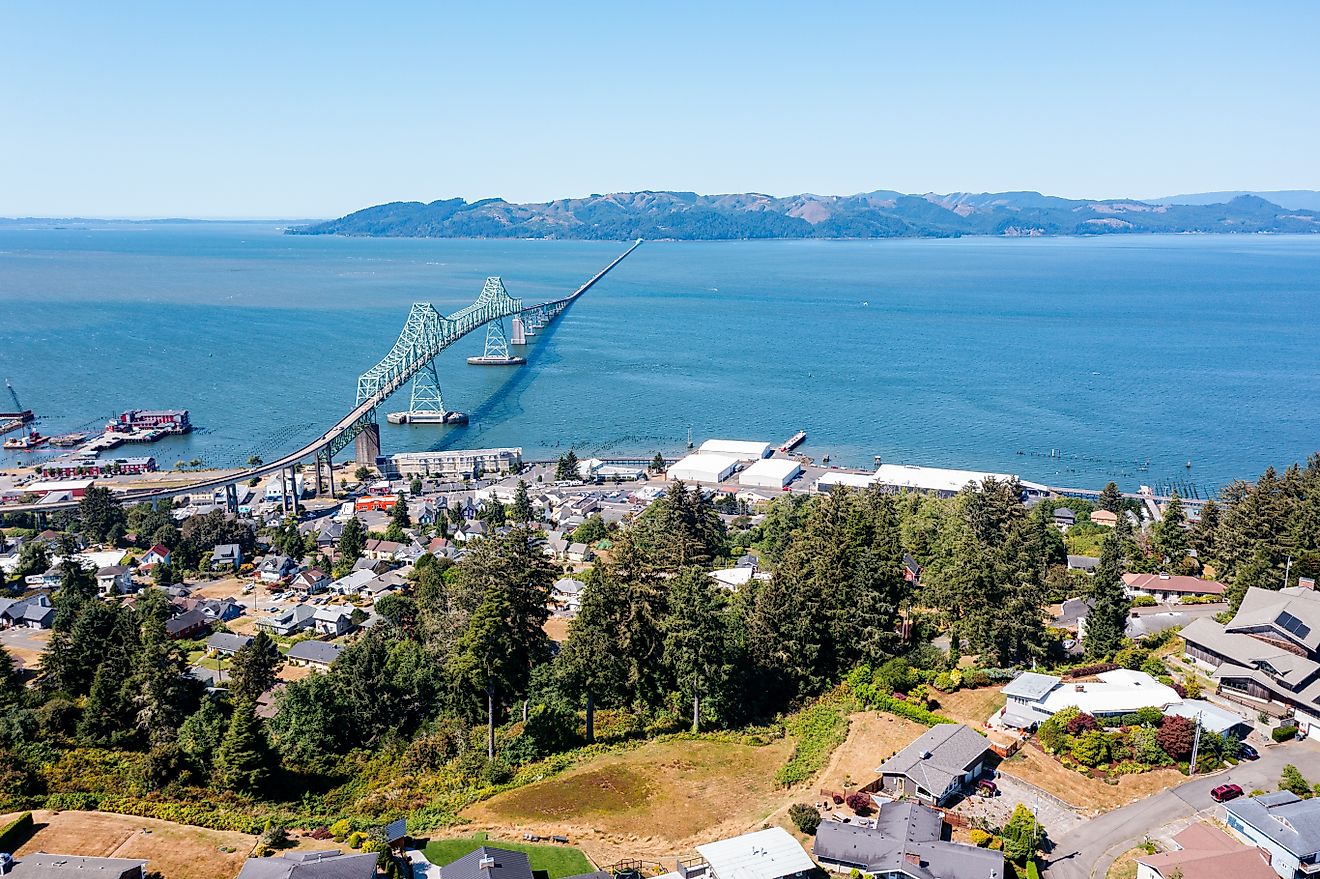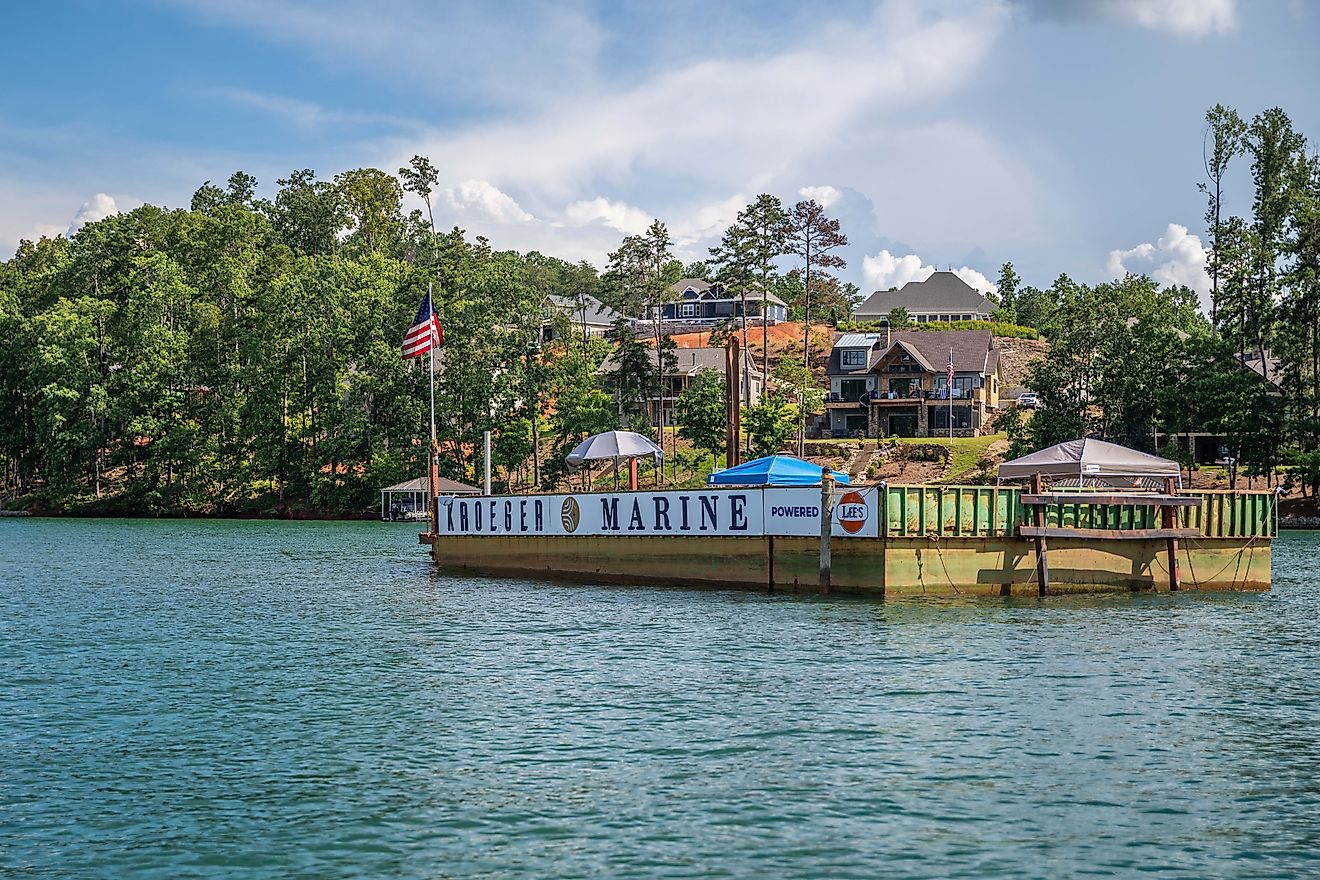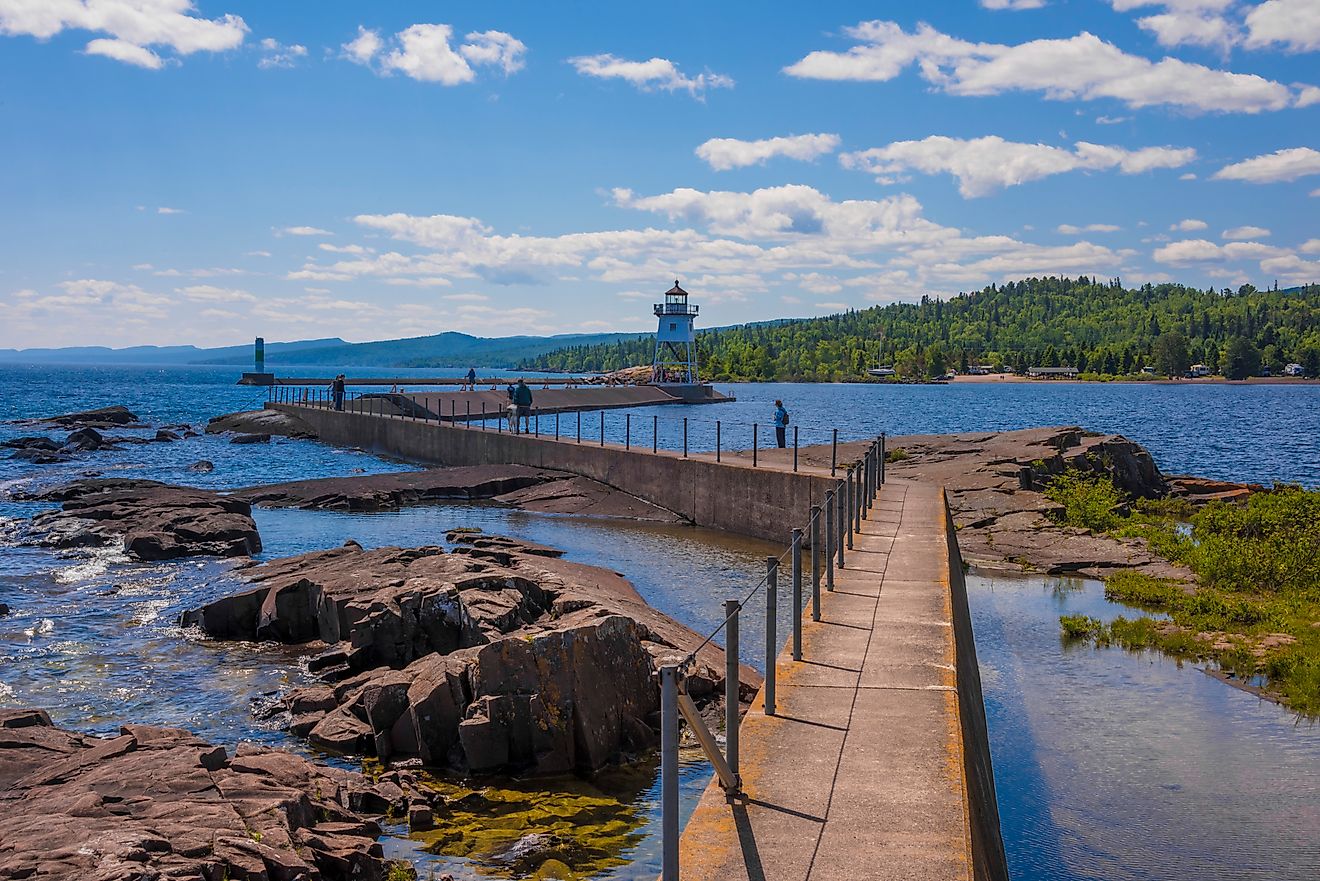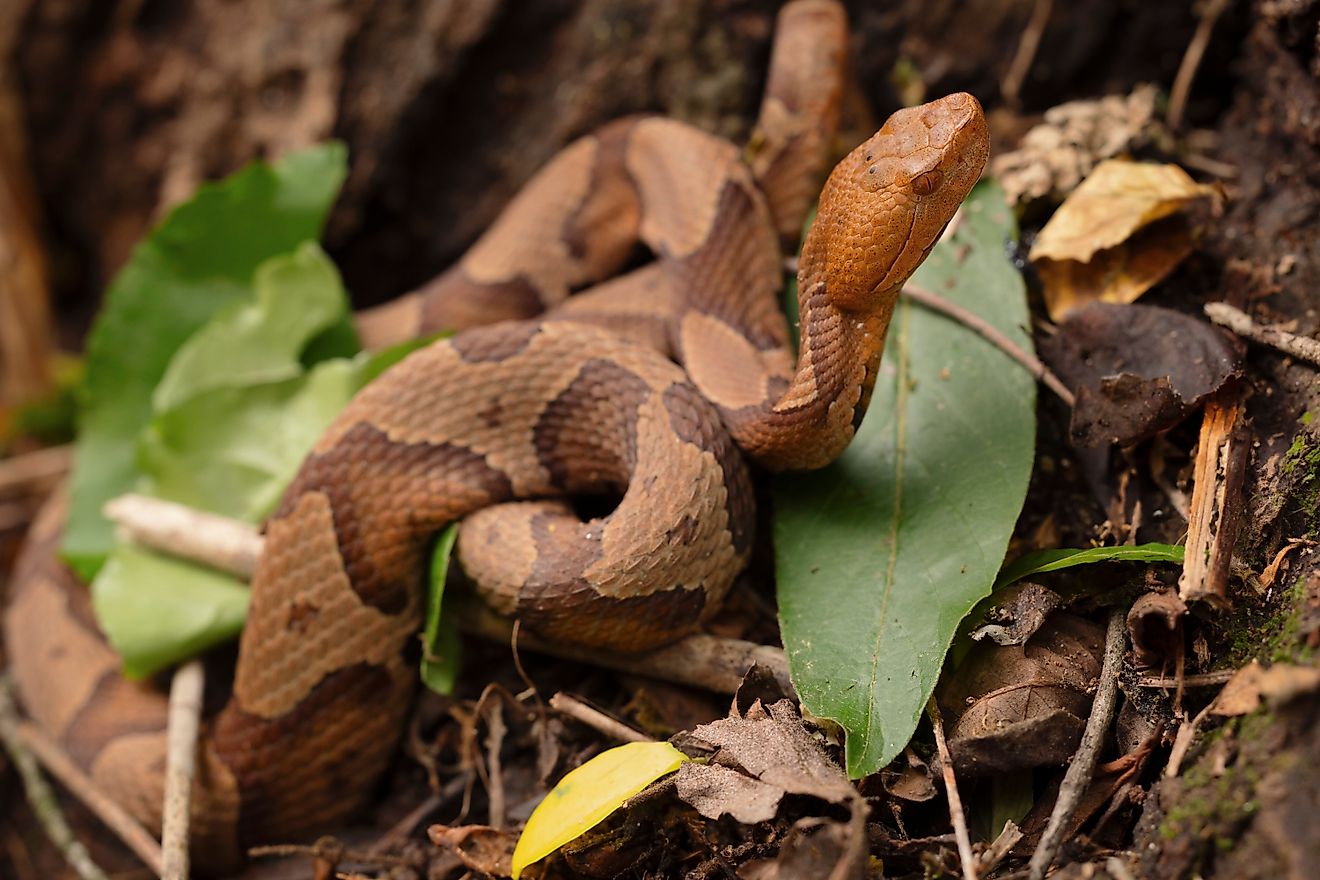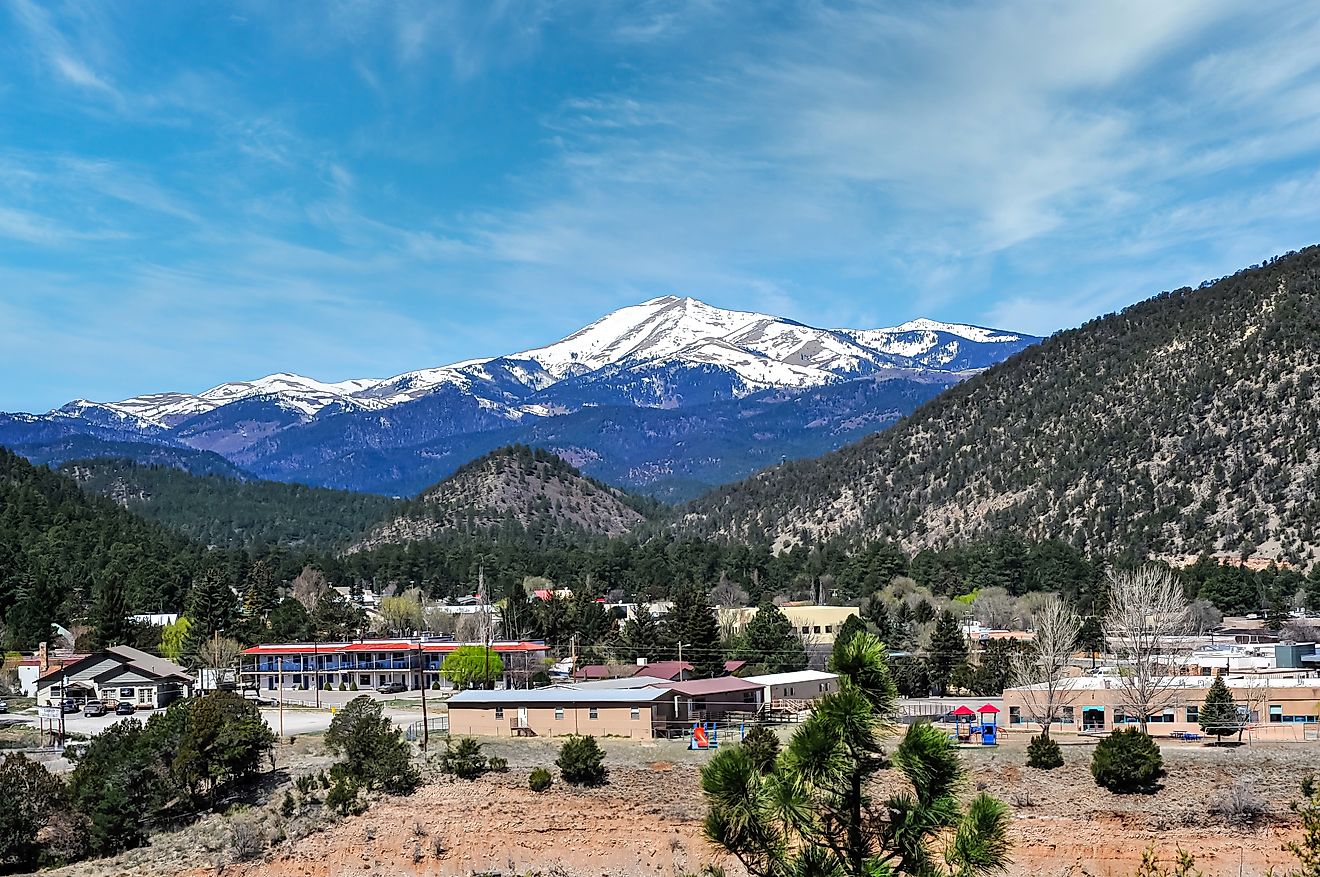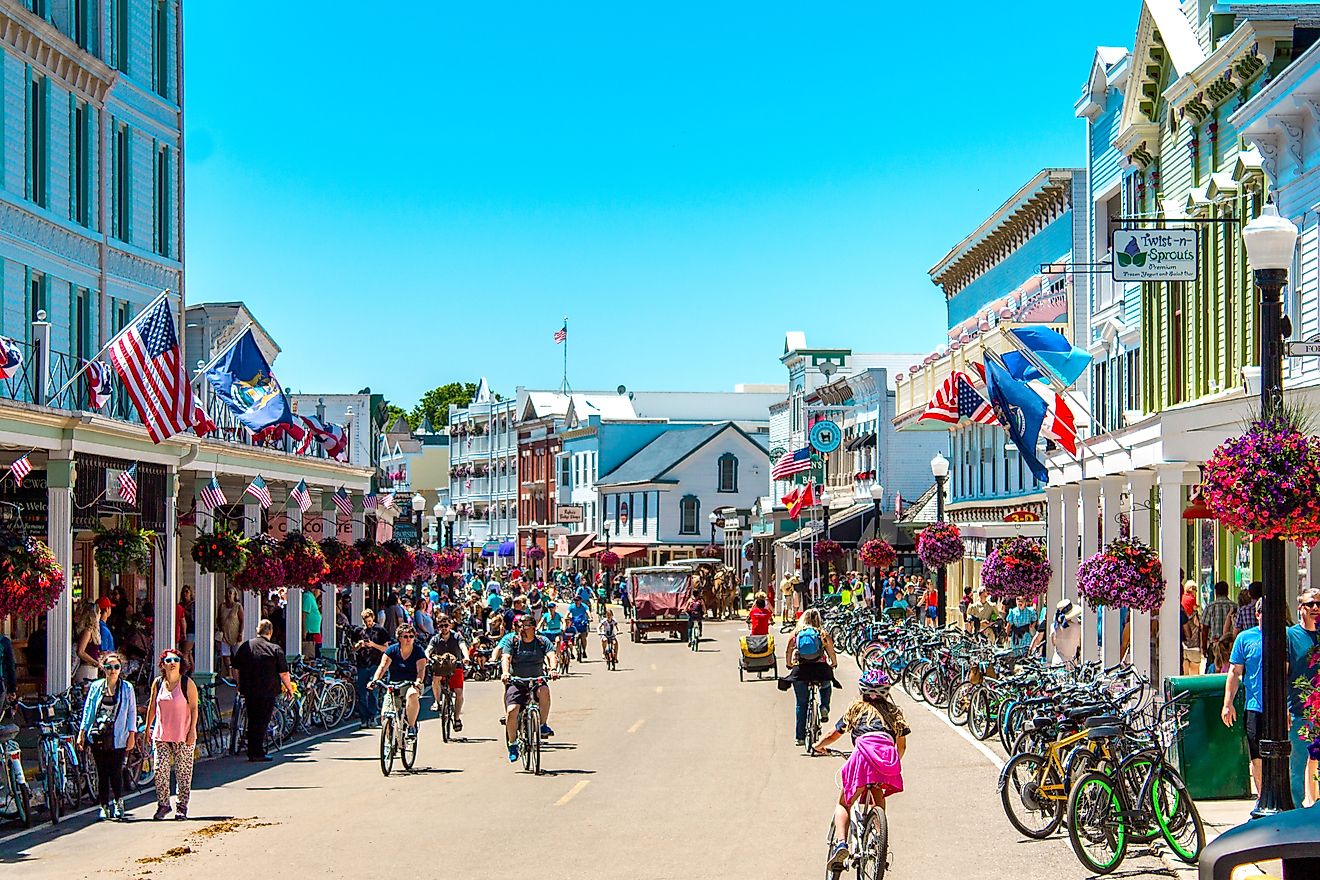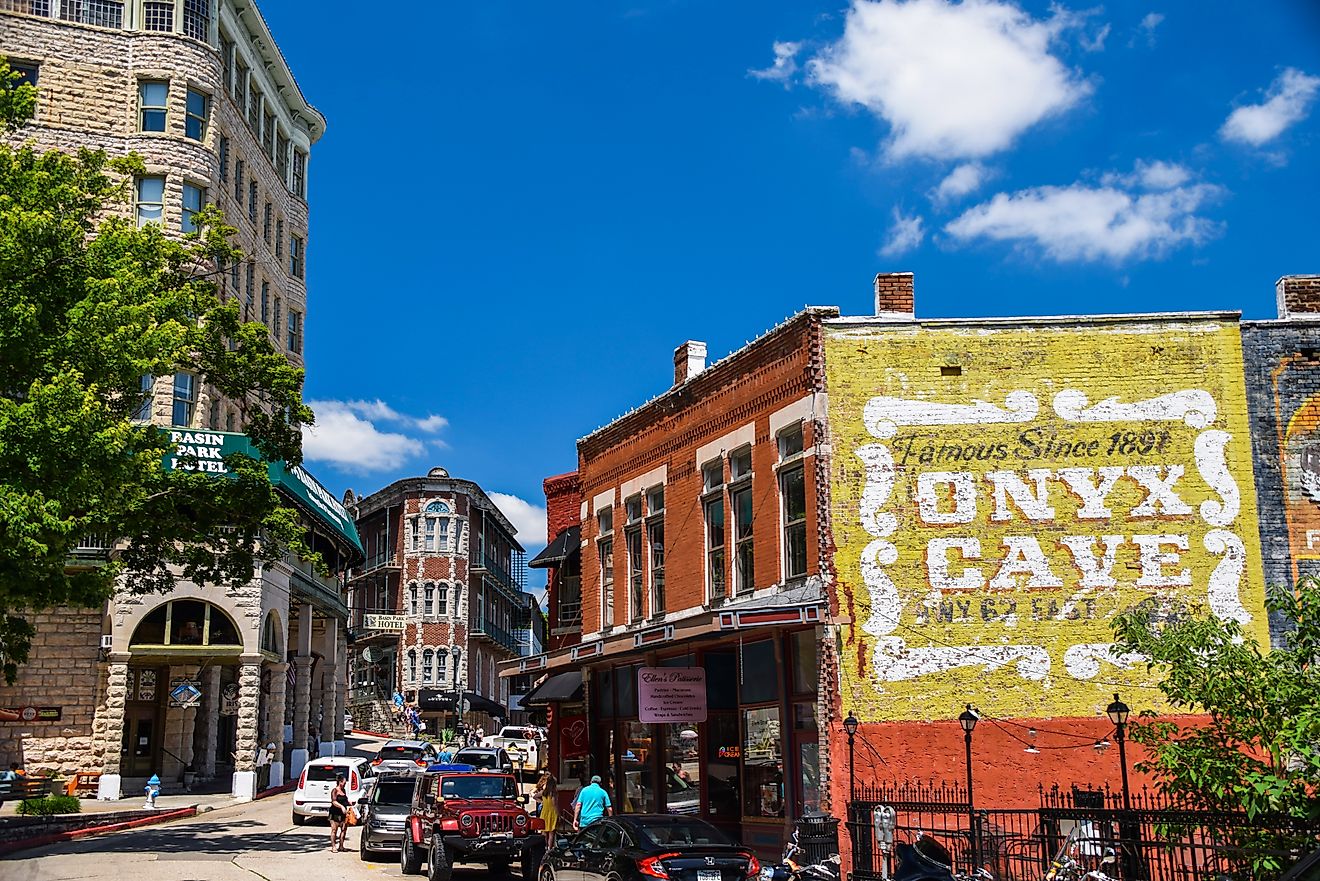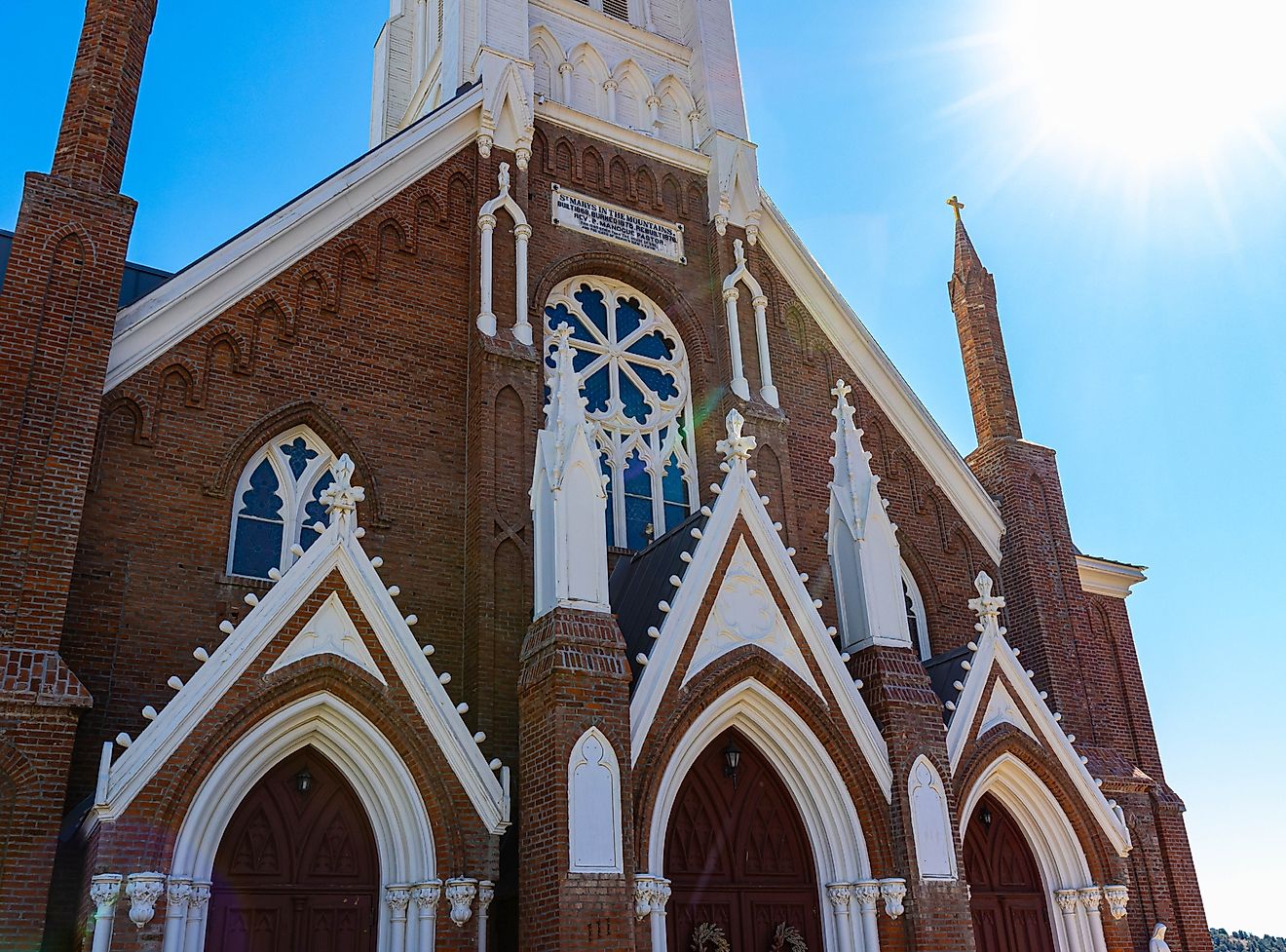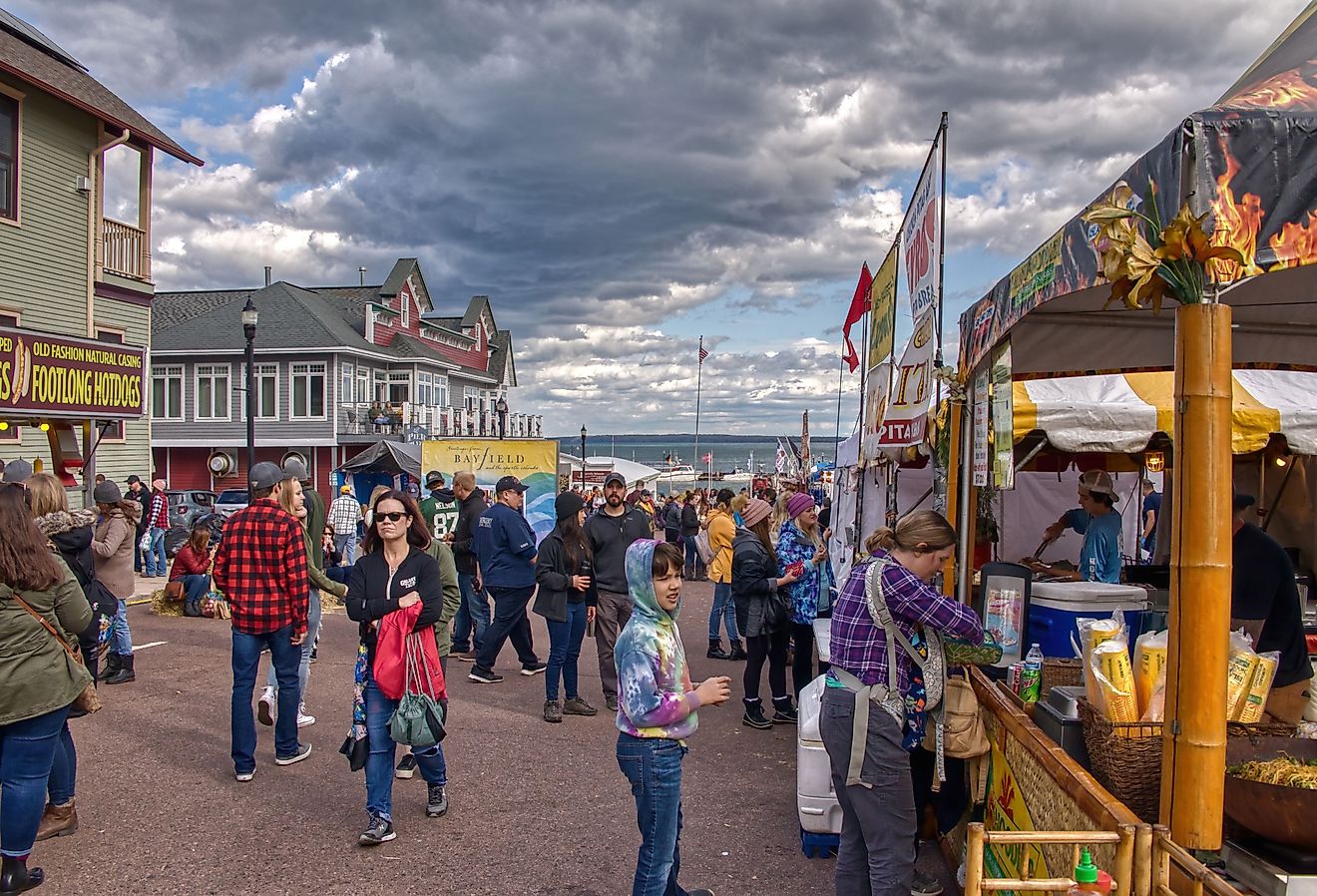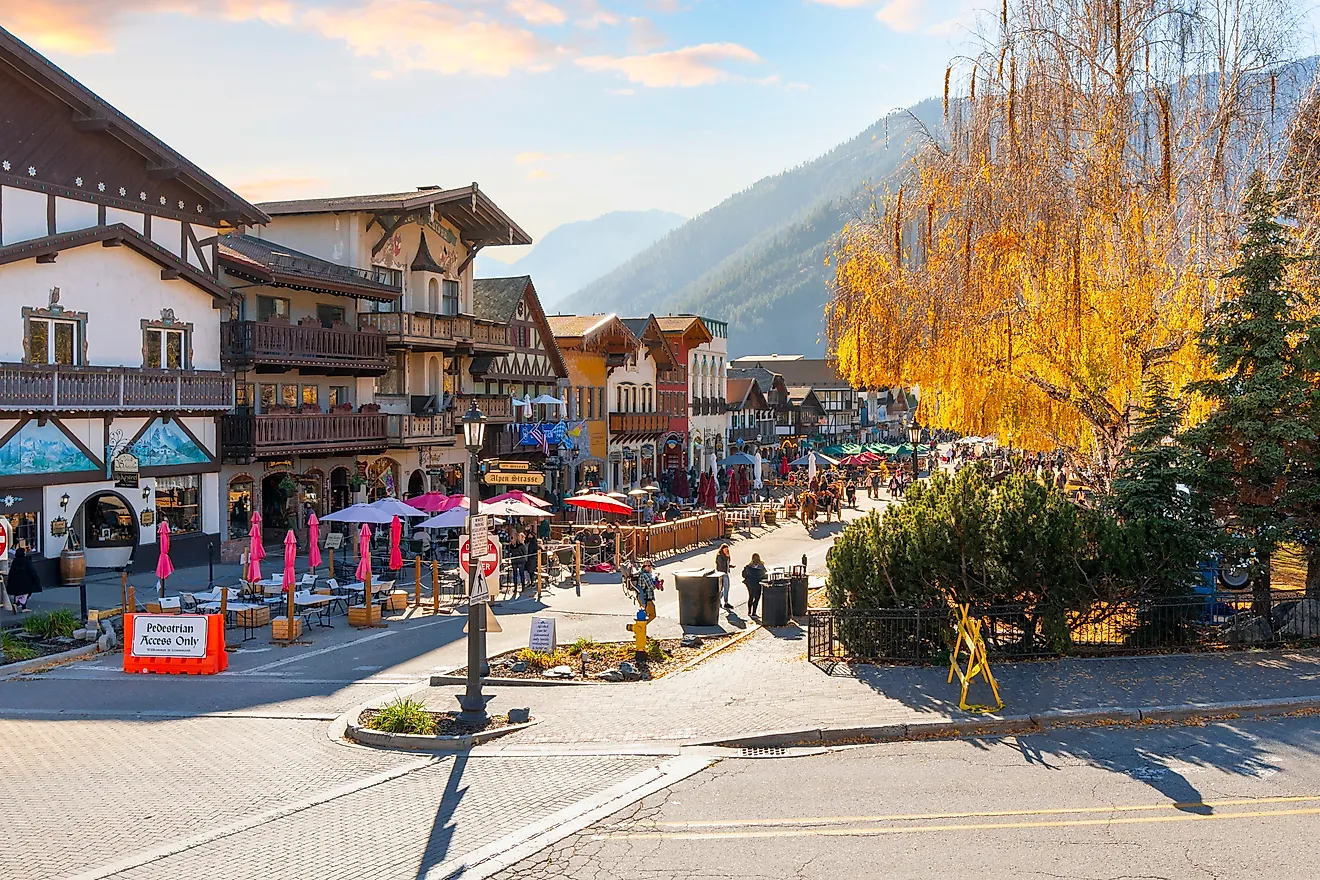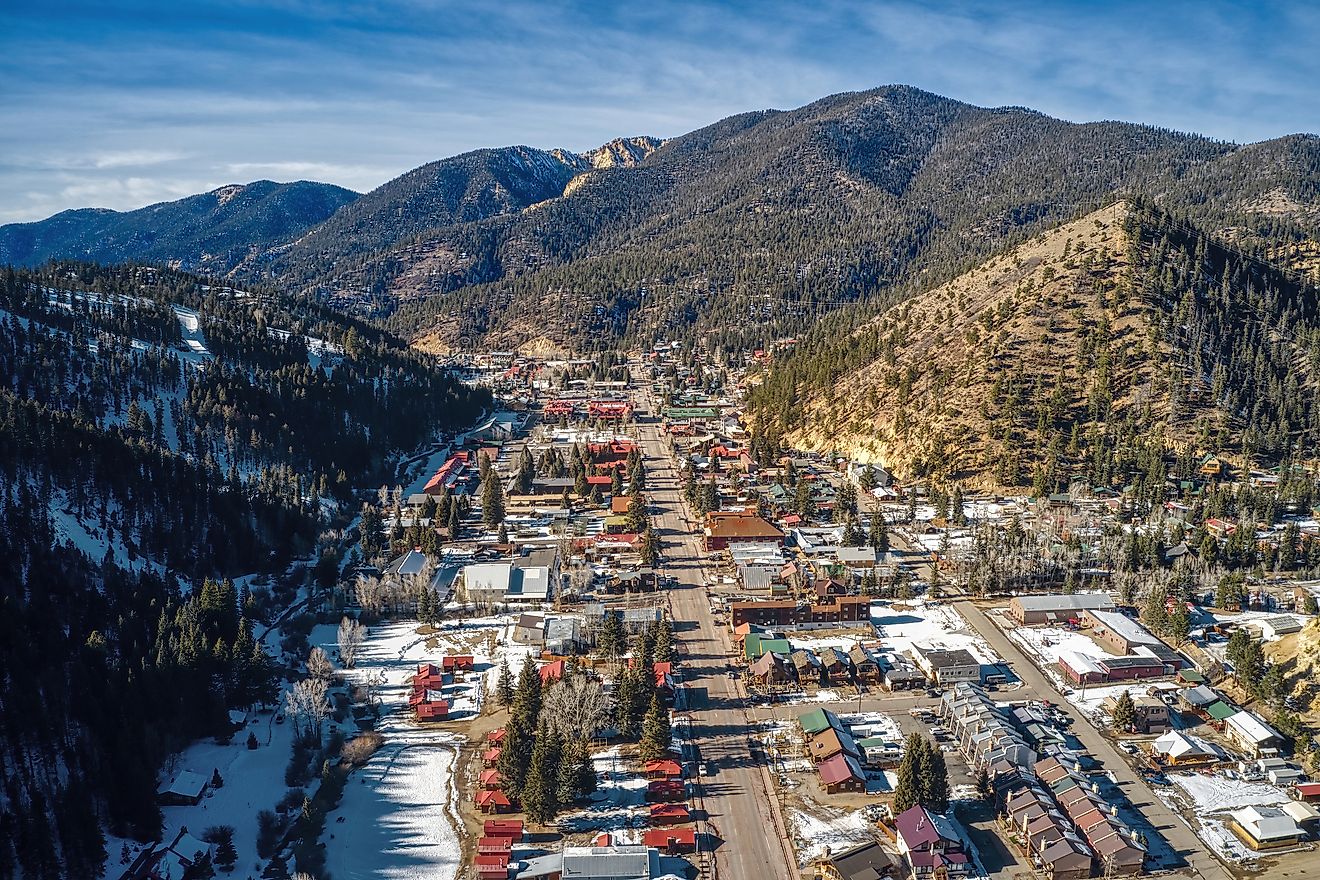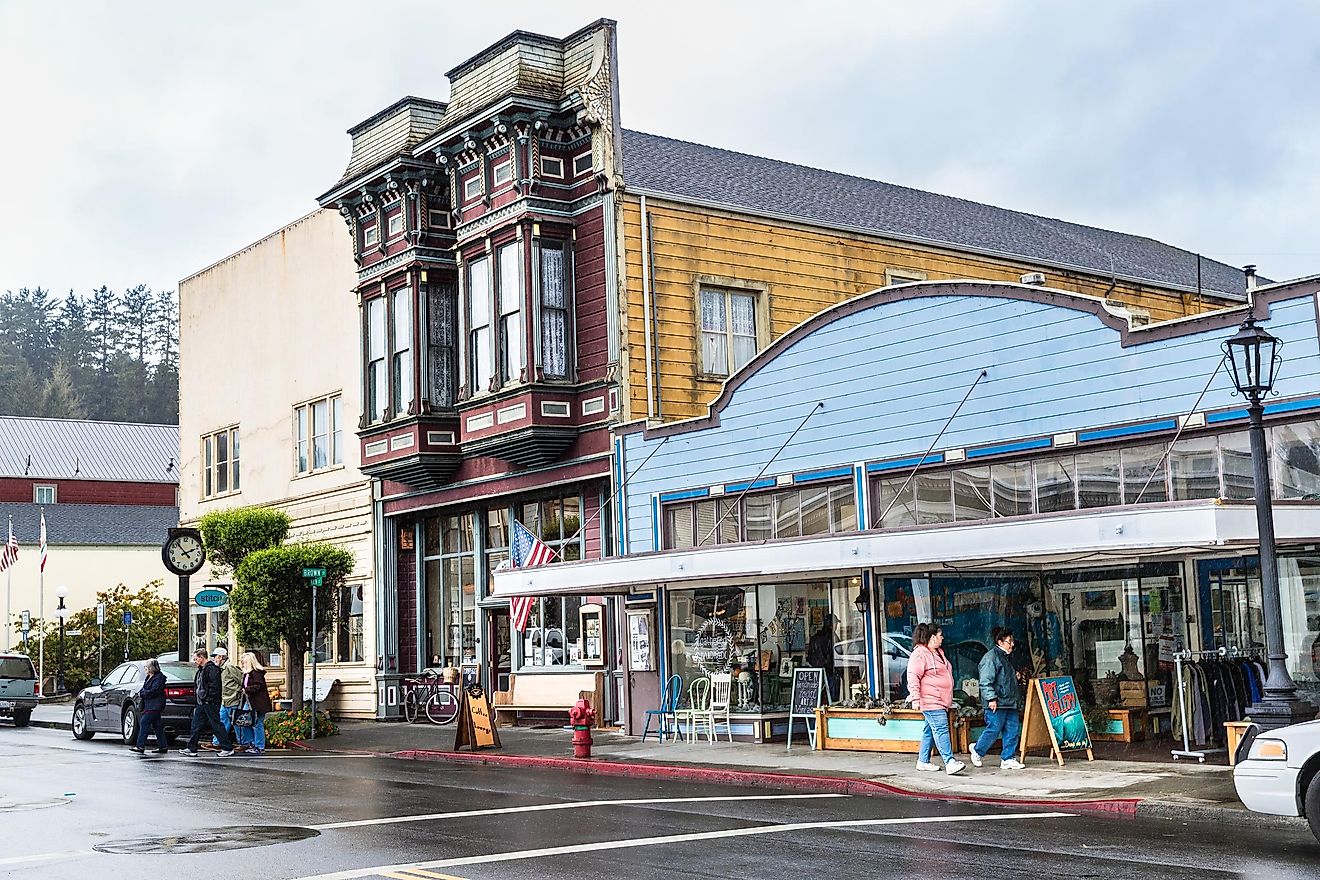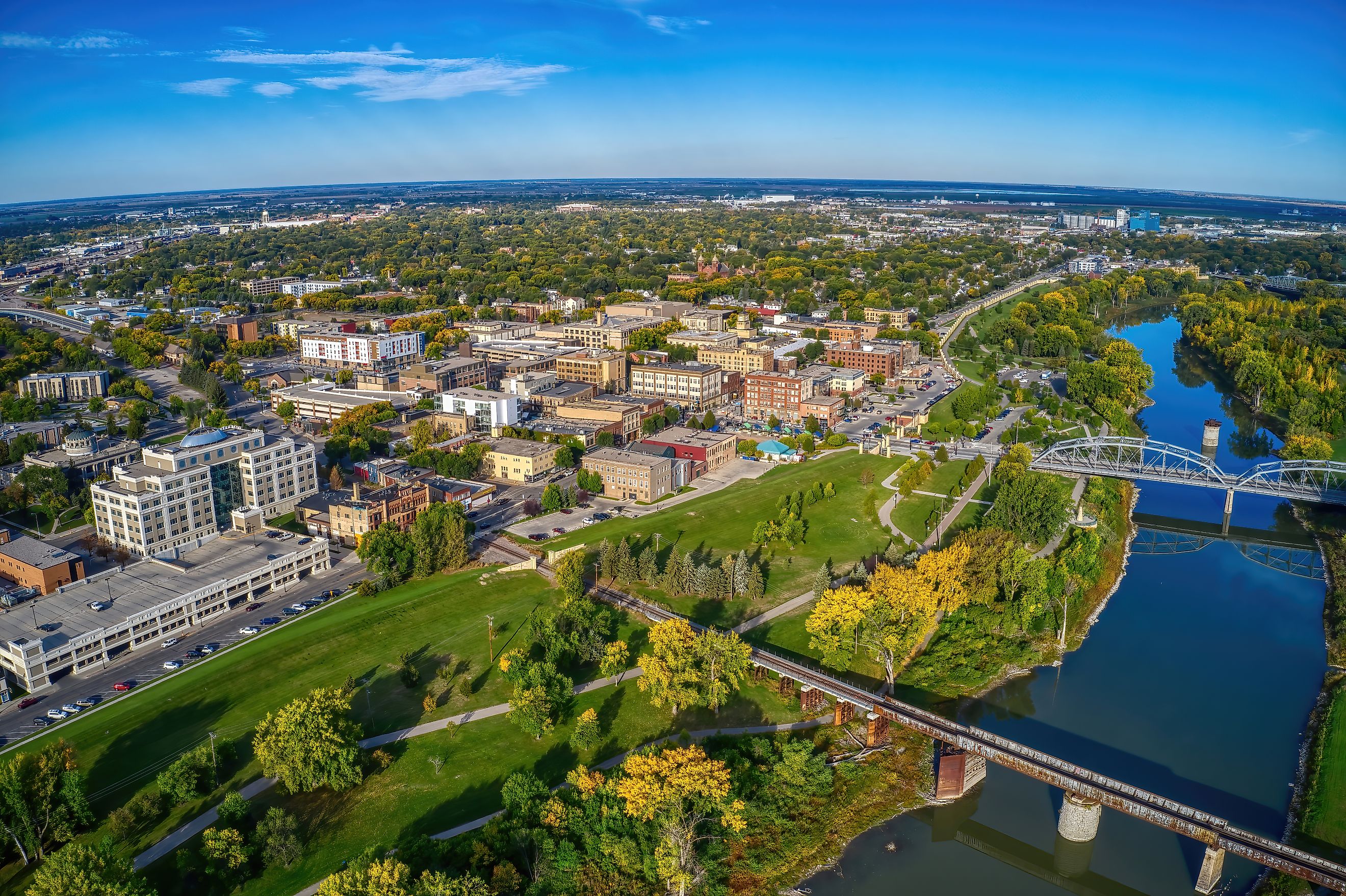
7 Most Underrated Cities In North Dakota
Although the growth of many cities in the land of the indigenous Dakota Sioux, North Dakota, United States (US), has been slow, possibly due to a large aging population, cold winters, and an agro-economy, these cities must never be underrated as travel destinations. Since North Dakota is part of the Great Plains, it has farmlands, badlands, temperate savanna, rivers, lakes, and broad prairies that make every city a unique blend of natural beauty and historical magnificence, exuding the warmth of Midwestern hospitality. All who visit these cities will experience natural beauty, the genuine hospitality of the close-knit communities, and the state's cultural heritage.
Bismarck
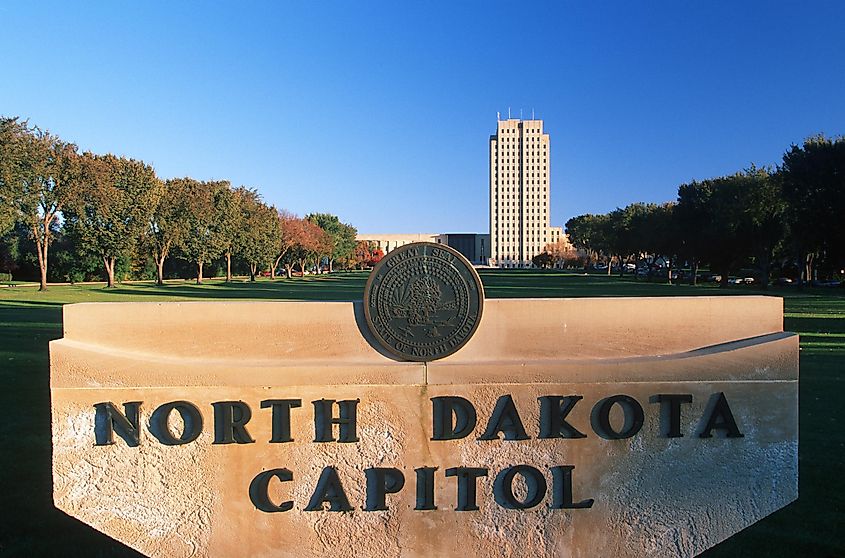
The second-most populated city after Fargo, with a population of about 75,000, Bismarck is the capital city of North Dakota. This Burleigh County city is located in the state's south-central region, about 196 miles from Fargo and 110 miles from Minot. Being at a prominent location, the city is a transportation hub and a center for government, culture, and commerce in the state. The city goes unnoticed and is underrated for its history, natural beauty, quality of life, size, and population. Many fascinating elements make this city unique, from its old buildings, charming residential neighborhoods, and noteworthy architectural designs, historic districts to the picturesque Missouri Riverfront, well-maintained parks, walking trails, and scenic overlooks that allow visitors to immerse themselves in the natural beauty of the river and its surroundings.
The captivating sunsets at the riverfront are breathtaking, with the sun's golden hues reflecting off the water. The North Dakota State Capitol is the city's highlight that adds to the beauty of the town. The Capitol Grounds, with gardens, statues, stunning landscapes, and memorials, enhance the city's aesthetic appeal. Besides discovering the beauty of the city by strolling through its scenic neighborhoods, enjoying the Capitol grounds, and exploring the Missouri Riverfront, visitors can also explore other unique places such as Dakota Zoo, North Dakota Heritage Center & State Museum, Former Governors' Mansion State Historic Site, Camp Hancock State Historic Site, and Chief Looking's Village.
Dickinson
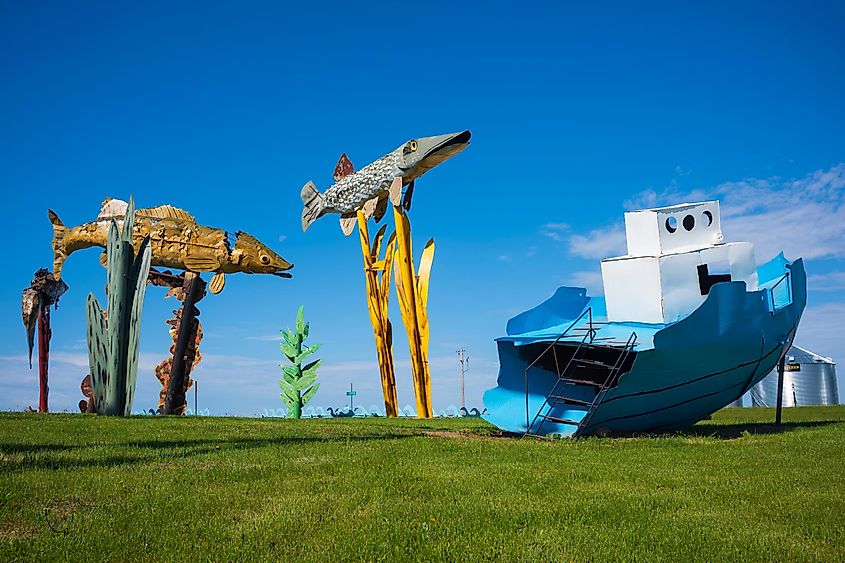
Dickinson is the seventh largest city in the state, with a population of about 24,000, located in southwest North Dakota. This Stark County city is located approximately 98 miles from Bismarck's capital. Although the city goes unnoticed for its rich cultural heritage, economic importance, and lavish landscapes, it is interesting to note that it is famous as "Queen City." Dickinson serves as a regional center for industry, commerce, and cultural activities. The city is home to Dickinson State University, which contributes to fostering educational growth and contributing to the local economy. The city offers unparalleled natural landscapes and geographical features due to its location on the edge of the Badlands region.
Visitors can explore the nearby Theodore Roosevelt National Park, which is famous for its diverse wildlife, badlands formations, and opportunities for camping, hiking, and scenic drives. The Dickinson Museum Center throws light on the region's history with interesting exhibits on Native American culture, pioneer life, and the impact of the railroad. The nearby Ukrainian Cultural Institute educates visitors about the city's immigrant heritage. Dickinson offers many outdoor recreational activities for outdoor enthusiasts, from biking, hiking, and fishing to bird-watching and relaxing in nature. Visitors can explore outdoor places like the Patterson Lake Recreation Area, Rocky Butte Park, and Prairie Outpost Park. The cultural events hosted throughout the year, such as the Roughrider Days Fair & Expo, the Ukrainian Festival, and Dakota Nights Astronomy Festival held nearby in Medora, celebrate art, music, and local traditions while fostering a strong community spirit, something that visitors must experience. Other tourist attractions in the city are Badlands Dinosaur Museum, Prairie Outpost Park, and the Dickinson Extension Research Center Floral Gardens.
Fargo
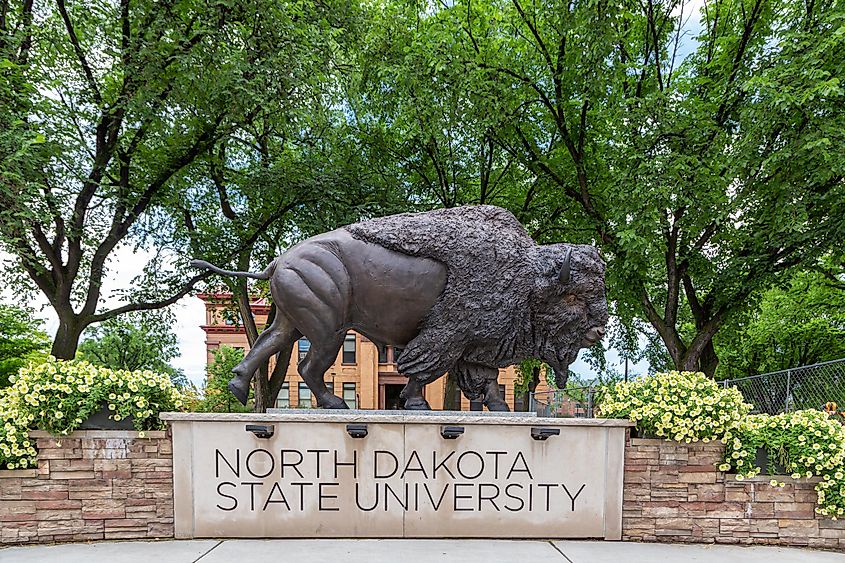
Fargo is the largest city in North Dakota, with a population of about 128,557. This Cass County city is located in the Eastern part of the state towards the south bordering Minnesota. The city is not so famous on a national scale, but it has some amazing picturesque scenes, a thriving culture, progressive downtown, festivals and events, and educational institutes. The city's natural beauty can be discovered in places like Lindenwood Park and the nearby Red River State Recreation Area, which provide visitors with picnicking, fishing, hiking, and biking opportunities. Children will enjoy exploring the Red River Zoo, which is home to over 600 animals, including red pandas, white-tailed deer, squirrels, and rabbits. The lively arts and culture scene is demonstrated in the many art galleries, theaters, and performance venues such as the Plains Art Museum and the Fargo Theatre, which help to showcase a diverse range of visual arts, music, and theatrical productions contributing to the city's creative spirit.
Downtown Fargo is a brilliant blend of modern developments and old historic landmarks, offering trendy boutiques, a thriving culinary scene, and lively nightlife. The iconic Fargo-Moorhead Visitors Center is a popular attraction inspired by the film "Fargo." Various events held throughout the year include the Fargo Film Festival, Fargo-Moorhead Red River Market, the Downtown Street Fair, and many more such fun and exciting festivals. Fargo is popular for having the North Dakota State University (NDSU), which attracts students from around the country, contributing to the city's research and innovation, educational programs, and intellectual energy. The city is well-known throughout the US and has been ranked as one of the friendliest cities in the country, making visitors and newcomers feel at home.
Grand Forks
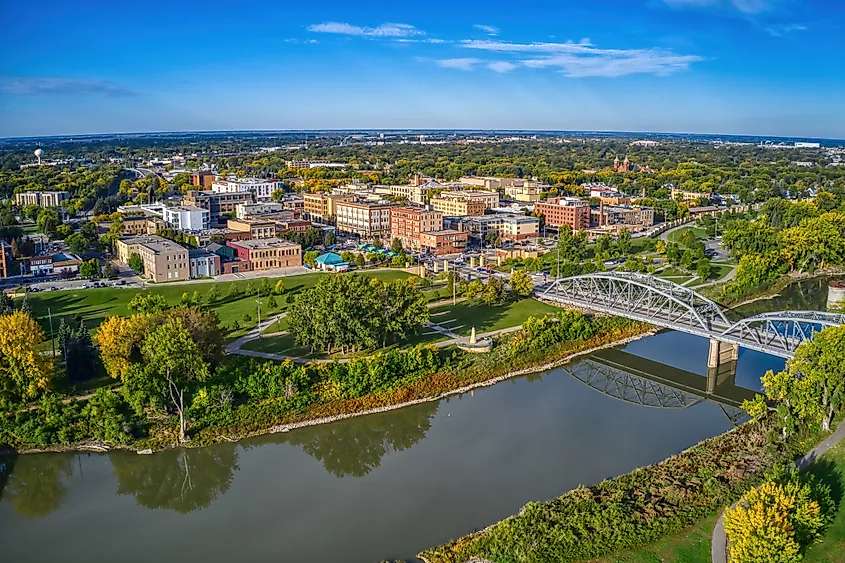
Grand Forks is North Dakota's third largest city, with a population of about 58,460, located in the northeastern part of the state close to the Minnesota border. Situated about eighty miles from Fargo and about 145 miles south of Winnipeg, Canada, Grand Forks is set along the Red River of the North in Grand Forks County. The city's charm is often underestimated for its location, weather conditions, and beautiful scenery, but it has much to offer. The city is home to well-acclaimed educational institutions like the University of North Dakota, which contributes to the city's intellectual vibrancy and offers a wide range of academic programs. The locals of Grand Forks have a deep passion for sports such as ice hockey.
The city's lively arts and culture scene is demonstrated through landmarks such as the North Dakota Museum of Art, which showcases a diverse collection of contemporary and traditional artwork, and the Empire Arts Center, which offers a variety of performances, including live theater, music, and dance, enriching the cultural landscape of the community. The city has a vibrant arts community with local galleries, theaters, performing arts groups, and more. The Fire Hall Theatre and the North Valley Arts Council are just a few examples of organizations that promote and support local artists and performers. Visitors who enjoy the outdoors will be fascinated with the city's scenic beauty as it is situated on the banks of the Red River. The Greater Grand Forks Greenway, a 2,200-acre park system, provides trails for walking, biking, and cross-country skiing, as well as spaces for picnicking and wildlife watching. Grand Forks hosts many events throughout the year, including the Art & Wine Walk, the Potato Bowl USA, and the Grand Cities Art Fest. These events bring the community together, fostering a welcoming and inclusive atmosphere.
Mandan
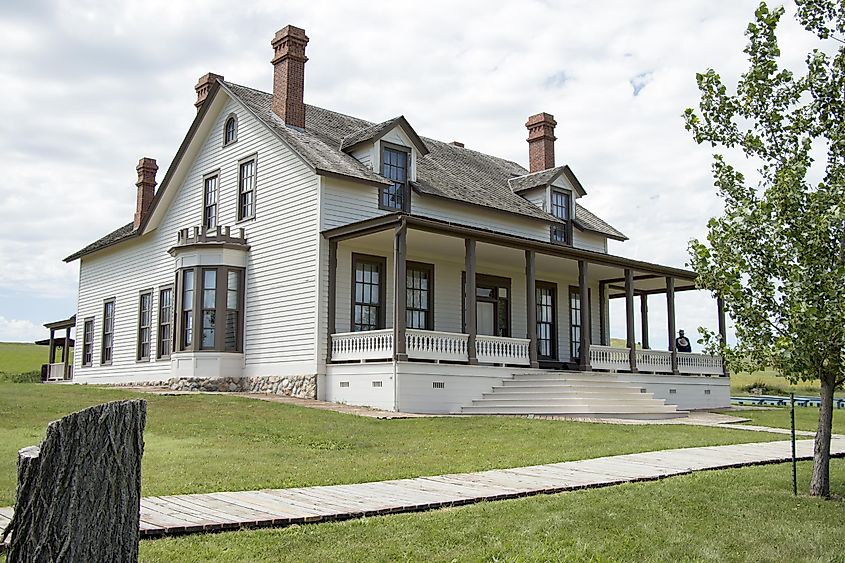
Mandan is a Morton County city with a population of 24,887 located in south-central North Dakota along the western bank of the Missouri River. Mandan is set across the river from Bismarck and is about 200 miles away from Fargo. The city is underrated for its proximity to the capital city, natural beauty, and rich cultural heritage. Only those who take time to explore this city will appreciate its rich Native American history, proximity to outdoor recreational opportunities along the Missouri River as well as the surrounding prairie landscapes, and all that it has to offer. The city's Native American significance is tied to its unique heritage, which includes the tribes of Mandan, Hidatsa, and Arikara, which is celebrated in museums, cultural centers, and cultural events. Centers such as the Five Nations Arts Depot provide insights into the area's indigenous history. Other prominent historic landmarks like the Fort Mandan Historic Site and a reconstructed fort along the Lewis and Clark Expedition trail provide educational resources about the city's history, while the Fort Abraham Lincoln State Park offers glimpses into military history.
The vibrant community spirit is celebrated through annual events like the Mandan Rodeo Days Celebration, held in July, which features parades, rodeo events, and festivities highlighting the area's Western culture and traditions. Culture and art are commemorated through events like the Mandan Art in the Park and the Main Street Bismarck-Mandan Street Fair.
Outdoor recreational activities available are boating, fishing, and kayaking along the Missouri River. The river valley also provides picturesque landscapes for hiking, camping, and bird-watching. Tourists can explore nearby parks and lakes, including Dog Town Dog Park & Sitting Bull Park, Crown Butte Lake, and Harmon Lake. Some more interesting places in Mandan are Custer House, On-A-Slant Village, Fort Lincoln Trolley, and North Dakota State Railroad Museum.
Minot
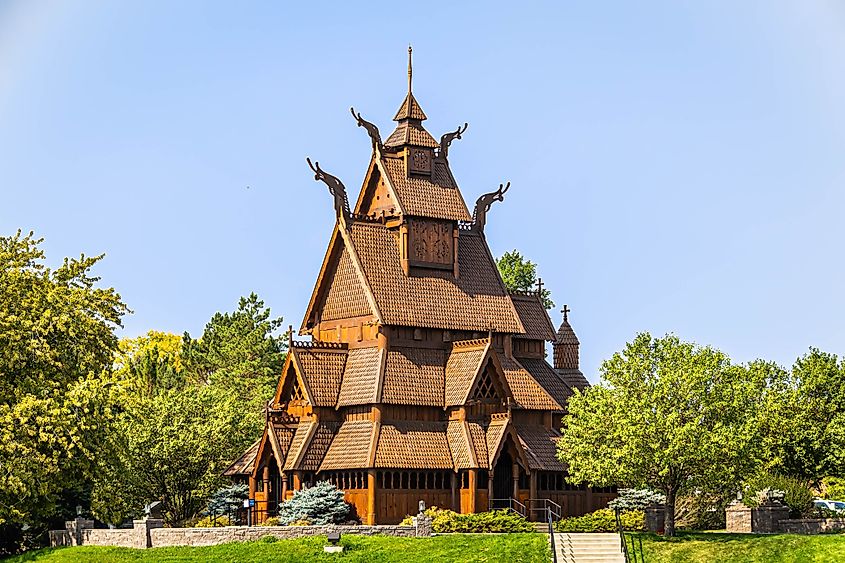
Located in the north-central part of the state, Minot sits in Ward County and is situated along the Souris River. The city is approximately 110 miles north of Bismarck, the state's capital. Minot is the fourth-largest city in North Dakota, with a population of 46,772. Minot goes unnoticed for its heritage, cultural significance, and its contributions to North Dakota's growth, but Minot serves as a regional center for commerce, industry, and cultural activities in the area. With strong ties to the military, Scandinavian heritage, and attractions like the North Dakota State Fair and the Roosevelt Park Zoo, the city is a fun place to explore. The city's Scandinavian heritage is influenced by Norwegian, Danish, and Swedish immigrants in the area, with events like the Norsk Høstfest that celebrate Scandinavian heritage. Visitors can enjoy traditional Scandinavian cuisine, crafts, music, and dance during this annual event. The city is home to the Minot Air Force Base, which plays a big role in the country's defense. The downtown area features shops, restaurants, and galleries, all contributing to a lively cultural atmosphere. The city's thriving arts and culture are depicted at places such as The Taube Museum of Art, which showcases local and regional artwork, and the Minot Symphony Orchestra and local theaters, which deliver enriching performances.
Outdoor lovers can enjoy recreational opportunities such as fishing, kayaking, and boating available along the Souris River. The nearby scenic Turtle Mountains also offer visitors options to hike, camp, and observe wildlife. The North Dakota State Fair is the highlight of the summers, a celebration of the state's agricultural heritage, and an annual event hosted by the city that attracts visitors from across the state, offering agricultural exhibits, carnival rides, entertainment options, and a variety of food vendors.
Williston
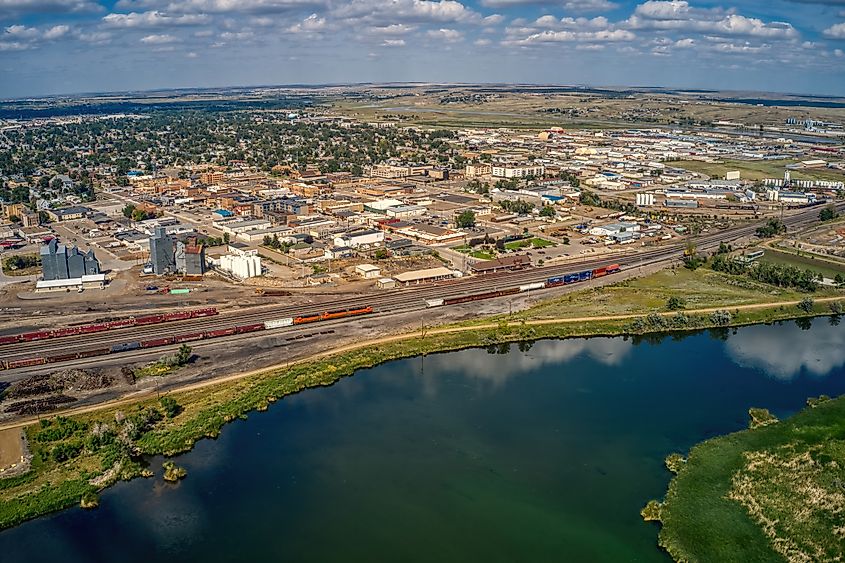
Set in northwest North Dakota, near the state's border with Montana, this Williams County city, Williston, has a population of 23,815 and is the eighth largest city in the state. Situated along the Missouri River, it lies about 220 miles away from Bismarck. It is a regional center for oil exploration, production, and related industries but is underrated for its valuable contribution to these industries. Being the heart of the Bakken Formation, an oil-rich area, the city's connection to the oil industry has fostered economic growth and boosted population growth in recent years. Williston offers recreational opportunities along the Missouri River, such as fishing, boating, and camping, as well as proximity to the picturesque Badlands region to the south. The surrounding prairies and Badlands region offer scenic landscapes for hiking, camping, and wildlife observation. Williston's rich history is tied to the region's pioneering past. Fort Union Trading Post National Historic Site, located nearby, provides a glimpse into the era of fur trading and the interactions between Native American tribes and European traders.
Williston's cultural diversity is attributed to the booming oil industry, which attracted various people from diverse backgrounds. This is reflected in the city's culinary scene, with some unique dining options representing different cuisines. New businesses, restaurants, and shopping centers have emerged to meet the needs of the growing population, fostering community growth and enhancing the quality of life for residents. Visitors can also visit other historical landmarks like Fort Buford State Historic Site and Missouri-Yellowstone Confluence Interpretive Center, as well as other places such as Busted Knuckle Brewery, Williston Area Recreation Center, Railroad Park, and Sitting Bull Monument.
Every city has well-preserved historical landmarks, stunning downtown areas, outdoor recreational opportunities, and so much to explore. Once visitors visit these underrated cities in North Dakota, they will learn and experience the culture and understand why each city is special, be it Bismarck's history, scenic beauty, quality of life, or Mandan's rich Native American heritage to Williston's vital contribution to the oil booming industries. Explore any one of these cities, and you will not be disappointed with the experiences and memories you take back with you!
